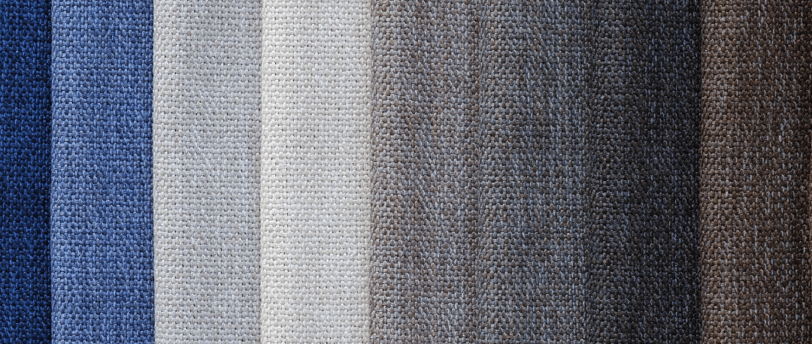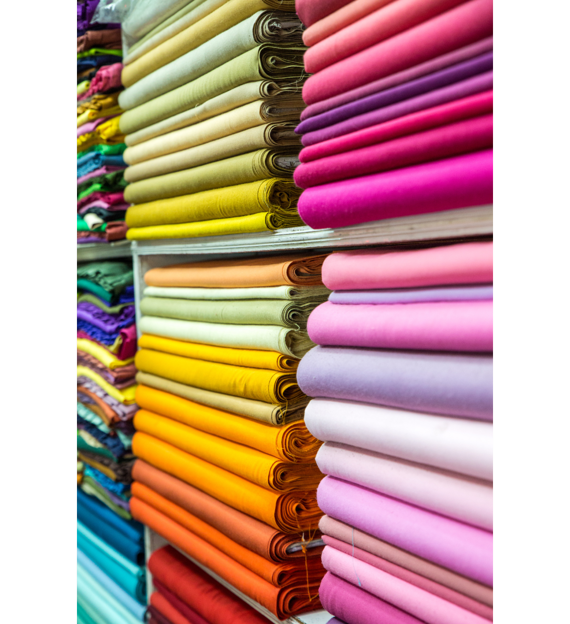Expert Techniques for Dyeing Fabric Decor
Revitalize your living space with expert techniques for dyeing fabric decor items. Learn step-by-step methods, essential tips, and creative ideas to personalize your home decor with vibrant colors.
BLOGTIPS


Understanding Fabric Dyeing
Fabric dyeing is the process of introducing color to fabric items, altering their look and adding to their attractiveness. The process can be done to almost any home decor item, from pillowcases to curtains, table runners to upholstered furniture. If you have the proper dyes and methods, you can achieve deep, durable color that will serve your design intent.
Selecting the Right Dye
Selecting the right dye is important to enable successful fabric transformation. The color you choose needs to be matched with the kind of material for the fabric:
Natural Fabrics: Cotton, linen, and silk fibers accept dyes with ease. Everyday dyes, like Rit All-Purpose Dye, work well on such fibers.
Synthetic Fabrics: On polyester, nylon, or acrylic fibers, you may need special dyes like Rit DyeMore that are suited to penetrate synthetic fibers effectively.
Always pretest on a small, out-of-sight area to check for color compatibility and satisfaction with outcome.
Preparing Your Fabric
Good preparation is key to a successful dye project:
Prepare the Fabric Properly: Wash the item to remove dirt, oils, or finishes that would prevent dye absorption. Do not use fabric softeners, which can leave residues that interfere with dye absorption.
Pre-Wet the Fabric: Wetting the fabric prior to dyeing ensures even color penetration and avoids streaks.
Guard Your Workspace: Protect surfaces by covering them with plastic or old towels to avoid unforeseen spills or stains.


Dyeing Techniques
There are a few dyeing methods that can be employed to create different effects
1. Immersion Dyeing:
Best used to obtain a uniform color:
Prepare the Dye Bath: Fill a tub with hot water and add the dye, as per the manufacturer's guideline ratio.
Soak the Fabric: Dip the pre-wetted fabric into the dye bath so that it is completely covered. Stir repeatedly to ensure even color uptake.
Rinse and Dry: Rinse the fabric with cold water until it looks clear. Then wash in mild soap and air dry.
2. Shibori (Tie-Dye) Technique:
For creating patterns and texture:
Fold and Bind: Accordion-fold the material and bind using rubber bands or clips to form resist areas.
Dye Application: Dye the material, applying the dye to pre-determined areas for a patterned effect.
Set, Rinse, and Dry: Allow the dye to set according to instructions, then rinse, wash, and dry the material.
3. Dip Dyeing:
For creating a gradient or an ombré effect
Prepare the Dye: Combine together the dye solution in a jar.
Dip the Fabric: Gradually wet the fabric, getting deeper portions longer to gain gradient effect.
Rinse and Dry: Wash and dry the fabric once the desired gradient is achieved.
Post-Dyeing Care
To assist keeping your dyed items appear at their best and survive longer:
Initial Wash: Wash colored items separately in cold water to remove excess dye.
Daily Care: Wash with mild soaps and do not use harsh chemicals that can bleach out the color.
Sunlight Exposure: Avoid exposure to direct sunlight for extended periods, which will bleach colors out over time.
Creative Inspirations
Dyeing upholstery fabrics at home is a doorway to limitless creative possibilities:
One-of-a-Kind Pillow Covers: Upcycle ordinary pillowcases to vibrant inserts that match seasonal colors or individual styles.
Revamped Curtains: Give your rooms an added dimension by dyeing curtains in rich colors or soothing gradients.
Personalized Table Linens: Design original tablecloths or napkins that bring a splash of personality to your mealtimes with unique colors and patterns.


